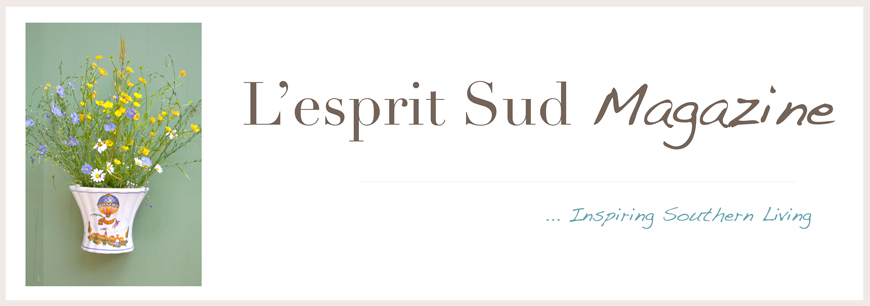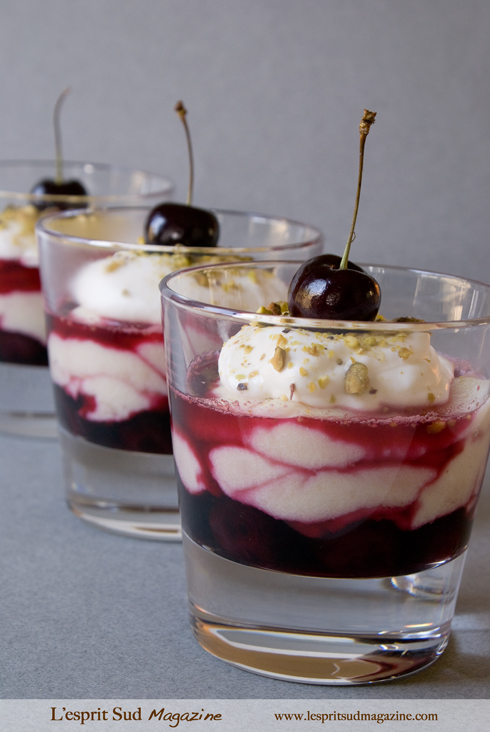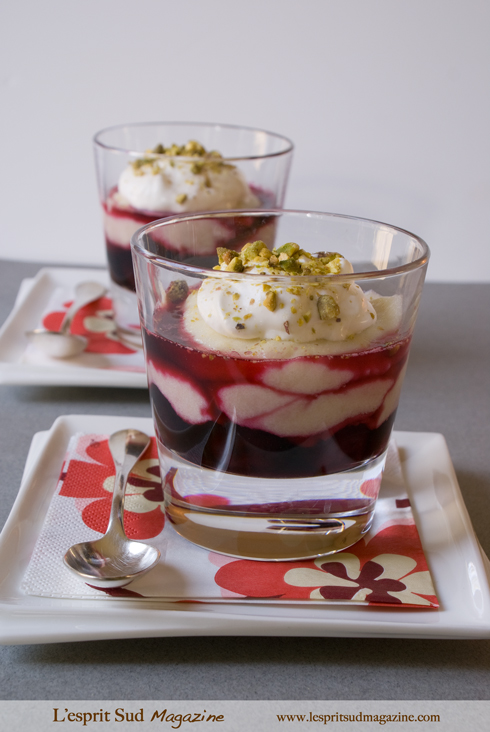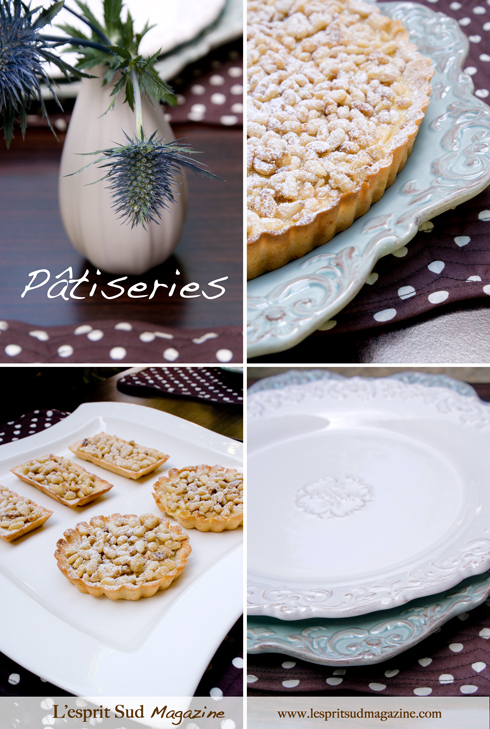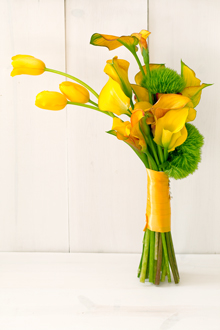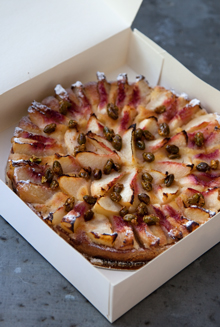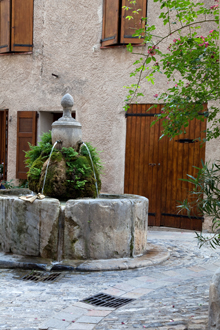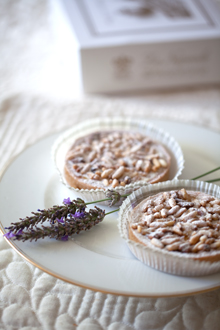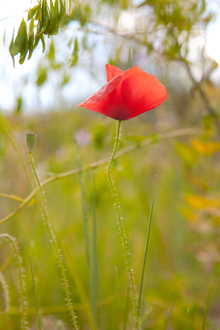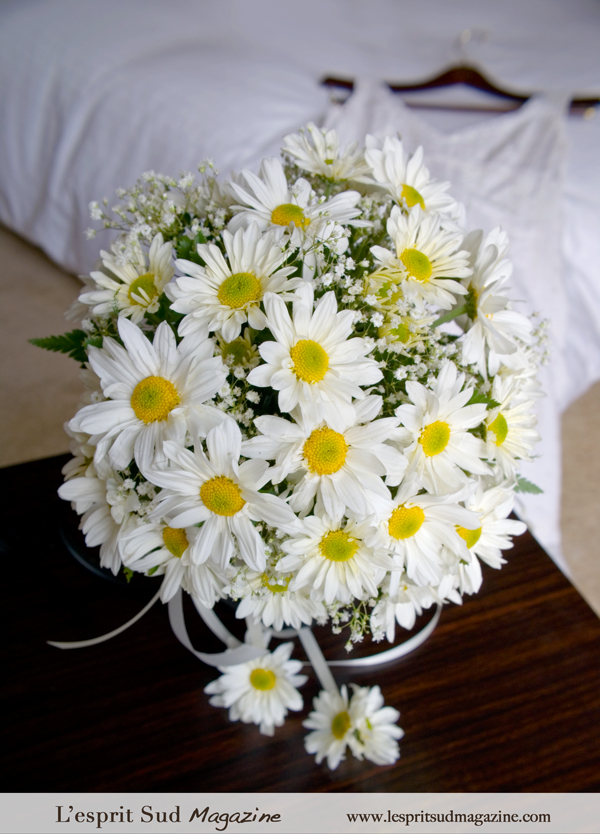
Flowers have always been a part of the landscape. Marguerites, as we call the daisies, are pretty abundant in the fields during the summer. Their white color and simplicity makes them a good candidate for a country wedding theme. Even if I do not have any pictures of my grandparents wedding, I can image my grandmother carrying a simple daisy bouquet down the chapel of Notre Dame de Montaigu.
I had my grandmother in mind when designing this nosegay bridal bouquet using simple daisies. Even if today’s trend in wedding flowers is more toward sophistication, this monochrome bouquet can certainly make nice statement for a wedding with a country flair.
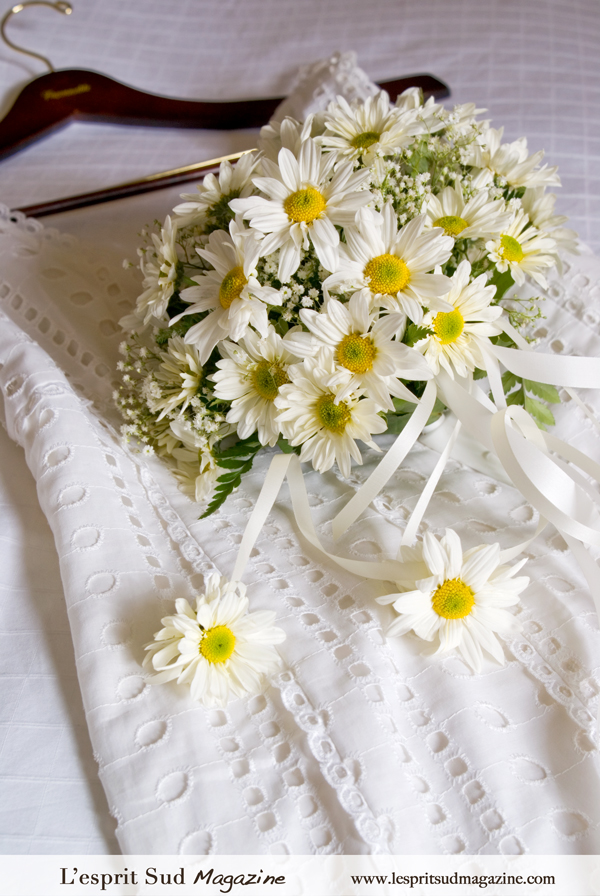

Nosegay Wedding Bouquet
1 wedding bouquet holder (BHO)
1 bunch of daisy poms (4 – 5 stems)
1 stem of baby’s breath
1 stem of plumosa
4 stems of leather fern
1 stem of lemon leaf* (6-9 leaves)
4 yards of satin ribbons
1 wire
1 wooden pick
Floral adhesive
* Laurel leaves can work too
1) Glue the lemon leaves on the solid base of the BHO using the floral Oasis. Wait a little bit to make sure the leaves are really secured before starting to design.
2) Wrap the Oasis with a piece of plumosa and add other pieces in the center part.
3) Place small pieces of leather fern on the top of the lemon leaves, and then add other pieces in the center to create a web and cover the mechanic. Make sure however that they are not too packed to leave enough room to place the flower stems.
4) Place the daisies in a traditional round arrangement where the first 13 flowers are creating the framework. Then add the other ones in empty spots, working side-to-side and top to bottom. The stem length is about 4 ½” and each stem will go half the way in the Oasis. Take the bouquet in your hand to have the bride perspective. Also, see it in a mirror from a distance to see proportion and potential holes.
5) Finish the arrangement with the baby’s breath.
6) Using the ribbons, create different lengths and secure it with a wire. Attach the ribbons to a small wooden pick and place it on the bottom part of the bouquet. You can add a final touch by making a knot to each ribbon end, or gluing a daisy or also attaching a little piece of baby’s breath.
Note: This bouquet is made with a BHO, which replace the traditional handed-tied bouquet. Because it requires a lot less flowers, this type of technique is a good option for the savvy bride.
